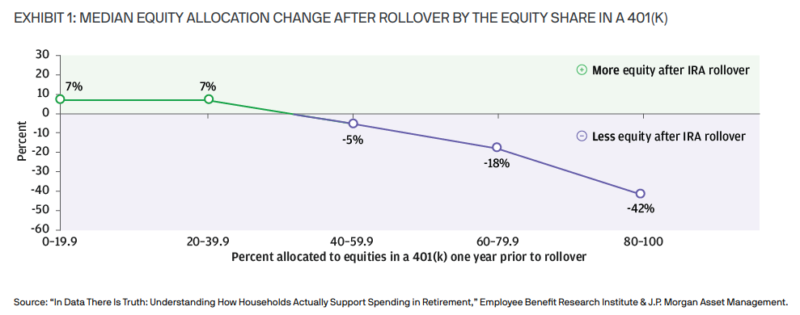
By Akaisha Kaderli,
RetireEarlyLifestyle.com
Special to the Financial Independence Hub
Recently, the media has been covering the influx of Expats into countries such as Portugal, Thailand, Mexico, Guatemala or Panama. Apparently, this rise of foreigners relocating in these cities and towns have the locals annoyed.
On occasion we even have readers expressing concern about moving from their own country and the possible attitude of the locals that might greet them when they arrive.
Here at Lake Chapala [in Mexico], we have also seen the inpouring of Gringos over the years. For the most part this has been a good thing. However, this influx does change the culture, prices do go up, and many of these “newbies” aren’t bothering to learn any Spanish.
This lack of interest in their newly adopted home country grates on the natives.
What to do?
Learn the local language and customs
Nothing irks a native more than a blissfully ignorant Expat.
Even if all you can muster are the words for “Thank you,” “Please,” and “Good morning” – show some respect for those who have lived in an area all their lives. Make an effort to communicate with them.
There are plenty of language courses online and learning a few local phrases will pay off hugely for you.
No matter where your home country is, this newly adopted place of residence has different customs, holidays, foods and ways of celebration. If you can, embrace them. If you can’t: at least have the cultural awareness not to complain loudly and daily.
Don’t just throw money at a situation, get personally involved

Expats can be known for simply throwing money at problems instead of becoming involved in a solution.
Now granted, one’s health might prevent you from lifting, bending or standing long hours doing volunteer work. However, find out what your skills are and donate them.
Whether it’s re-homing a rescue pet, teaching English as a second language, or even instructing local children in music or art, that personal contribution is remembered. More importantly, your face and personality will be remembered, and if there is ever any trouble, this is human currency in your favor.
Billy imported an electronic scoreboard for the gymnasium here in Chapala which made him an overnight hero. Then he raised money and built two more tennis courts in the city park.
Needless to say, the fruit of his work is that he is well respected and known in the community.
Please don’t bring your politics and home problems with you
THIS. IS. HUGE.
Somehow for Americans and Canadians, this idea escapes them.
Moving to a foreign country, and then immediately setting about making your new location exactly like the one you just left is simply being tone deaf.
There is no advantage to arguing with other Expats – or the locals – about problems over which you left your own home country to begin with.
Seriously.
Adapt, adjust, get a mitt and get in the game… or go back home.
Your new location isn’t “just like home only cheaper.”
Further developing the idea above, one needs to realize that your new location will never be like where you grew up.
Buying a bigger, better house, utilizing all the services of a gardener and maid, and basically living large without any contribution to the community surrounding you upsets the societal balance. It causes the locals to become resentful of your presence. They don’t like that kind of snobbery where the Expats feel as if they are better, more entitled than the ones who were born there and grew up there.
Connect. This will be your saving grace.
Realize that your presence absolutely changes the local culture.
Unbeknownst to many Expats your presence increases the locals’ cost of living. Continue Reading…









